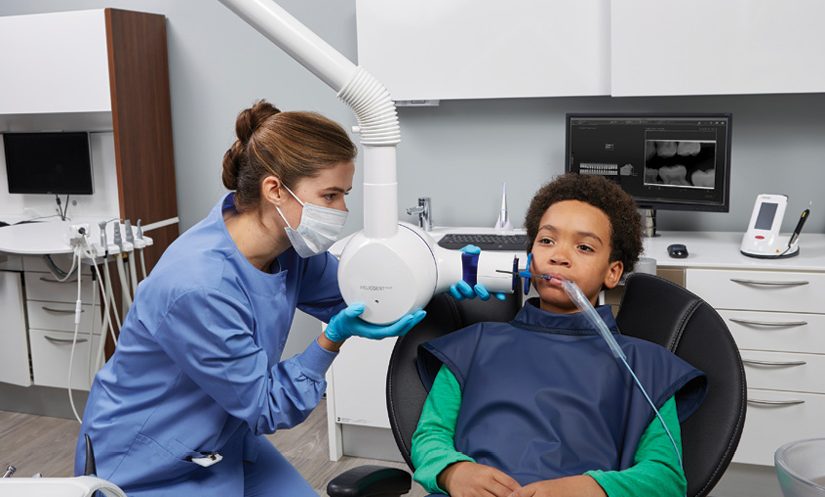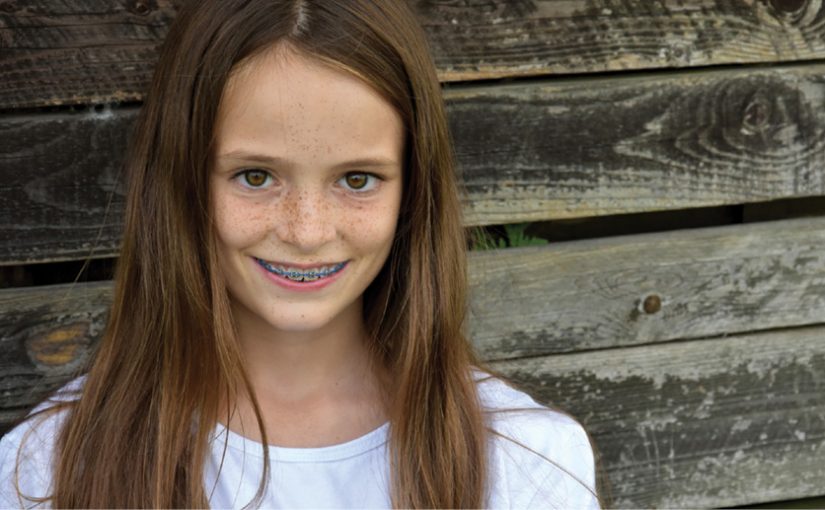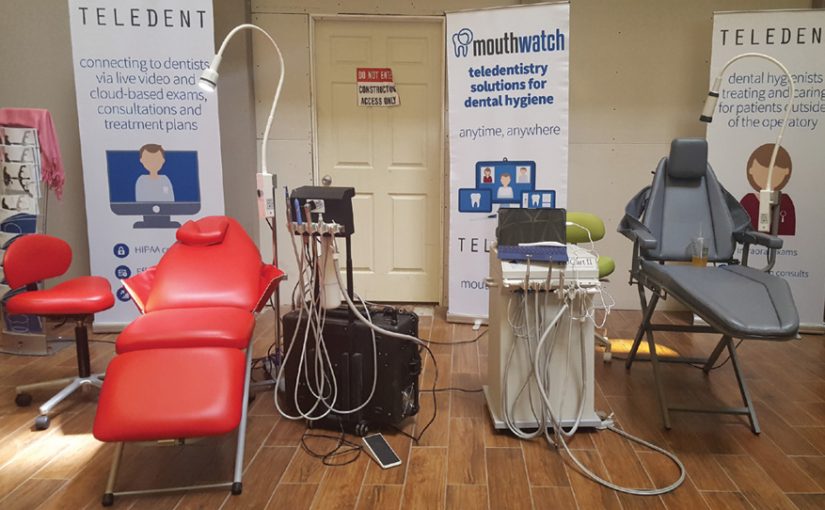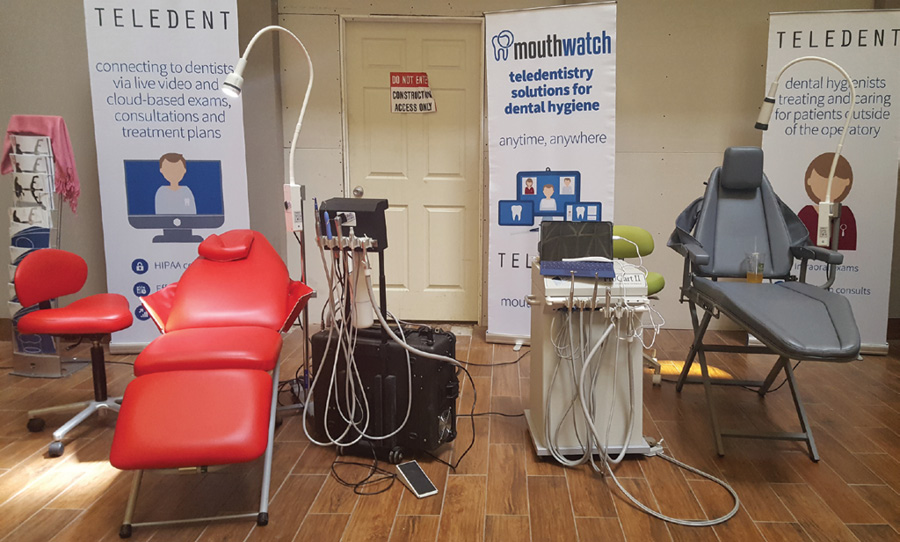The benefits of digital radiograph system with pediatric
patients lowers everyone’s anxiety
By Amber Auger, RDH, MPH
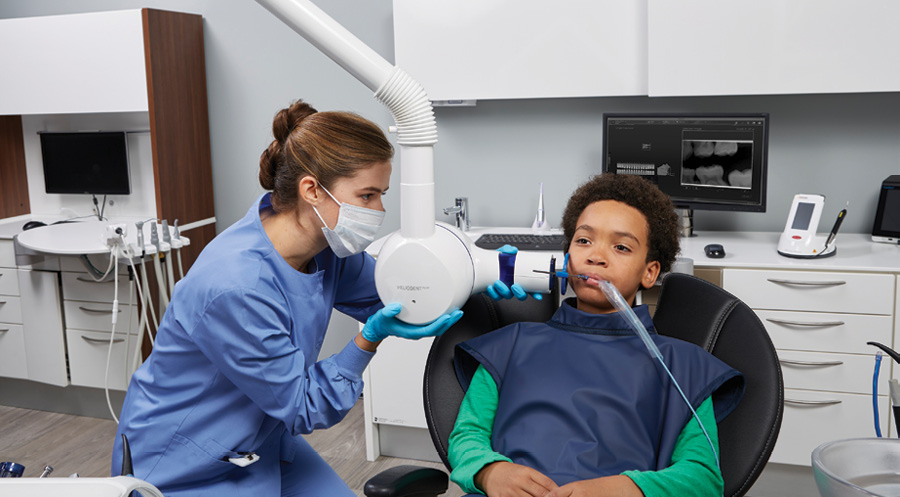
The xray is positioned for a pediatric patient. Courtesy of Dentsply Sirona.
When I first graduated from hygiene school, I worked full-time in a busy pediatric office. Our “open bay” layout, which included four dental chairs in a large room, was designed to allow parents, siblings, and other children to engage in the “show-tell-do” systems that ease the inexperienced patient’s anxiety. For the pediatric patient, everything involved in the dental experience is new.
The patient’s first-time experience can be overwhelming due to the sounds alone, such as the high-pitched sound of the polishing handpiece and suction. However, with the gentle touch of a skilled dental hygienist, the patient can overcome the initial fear of the unknown. The role of the pediatric dental hygienist is imperative to the patient’s future success in oral health.
Retaking X-rays
Imagine that you have a patient in your chair who is five-and-a-half years old. During the initial assessment, you notice a dark shadow on the distal of number K. The patient’s sibling is at high risk for tooth decay, the patient’s home care is poor, and her diet includes juice throughout the day.
